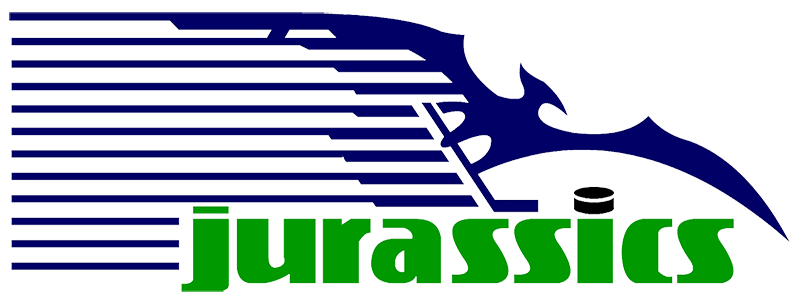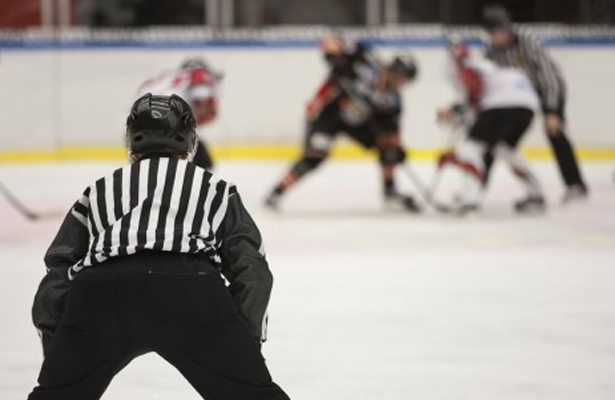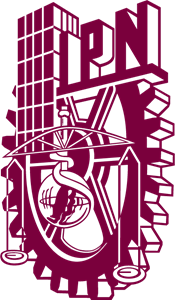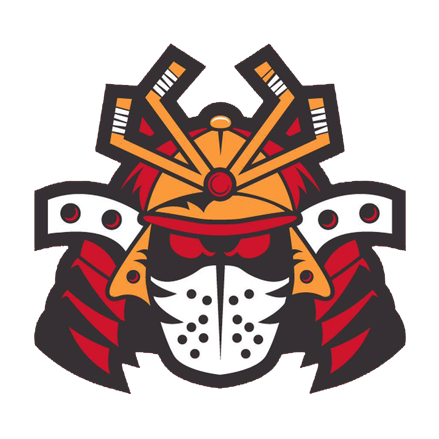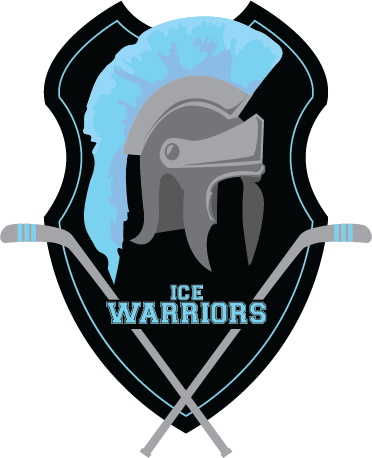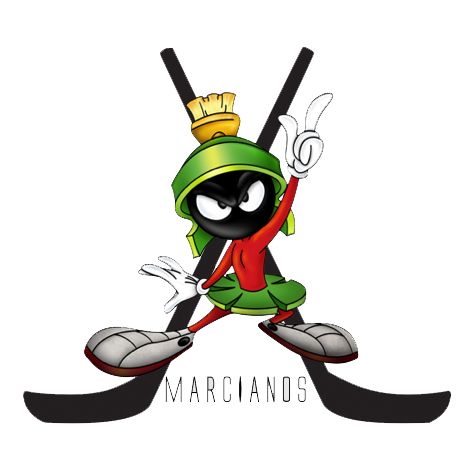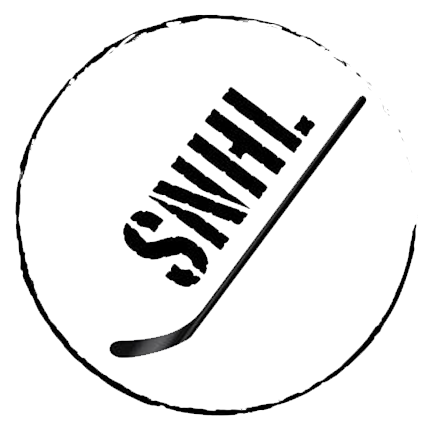RULE 150 – INTERFERENCE DEFINITION
RULE 150 – INTERFERENCE DEFINITION:
A player who obstructs or prevents an opponent without possession of the puck from skating, receiving a pass, or moving about the ice freely.
i. A player who interferes with an opponent will be assessed a minor penalty.
ii. Interference during game action can constitute any of the following:
1. A skater who hinders an opponent from moving up ice;
2. A skater who blocks an opponent from moving freely into the attacking zone, especially in the case where he forces the opponent to go around him by sticking out his hip on a shoot-in;
3. A skater who prevents an opponent from checking a teammate of that skater in possession of the puck or who moves into an opponent’s path without first having established body position (i.e., playing a pick);
4. A skater who blocks an opponent from getting into position to receive a pass;
5. A skater who wins a faceoff but prevents his opponent from advancing to the puck (faceoff interference);
6. A player on either of the players’ benches or in the penalty box who, by means of his stick or his body, reaches onto the ice and interferes with the movement of the puck or of an opponent during game action;
7. A skater who moves laterally to impede the progress of an opponent without first having established body position;
8. A player who prevents an opponent from picking up a piece of equipment from the ice (stick, glove, helmet) by pushing it away from the opponent.
iii. Skaters in front of the goal net are given leeway for penalties such as interference, cross-checking, hooking, holding, tripping, and slashing so long as the efforts to establish position in front or to remove that skater from in front do not cross the lines of a fair battle for territory. Violations in this area include: knocking down an opponent who does not have the puck; pulling at an opponent’s sweater; placing a stick between an opponent’s legs in a “corkscrew” manoeuvre; cross-checking an opponent violently; slashing at the back of an opponent’s legs.
iv. Situations which are not classified as interference include:
1. A skater is entitled to the ice he occupies so long as he maintains his skating speed and body position between an opponent and loose puck. If he slows down, he risks interfering with his opponent;
2. A skater is entitled to stand his ground and is not required to move if an opponent wishes to skate through that area of the ice;
3. A skater may block an opponent so long as he is in front of the opponent and moving in the same direction;
4. A skater can use his body position to force an opponent to take a less direct route to the puck, so long as he doesn’t use a hand or arm to hold or block the opponent.
v. A player who checks an opponent who is not in possession of the puck will be assessed a minor penalty for interference.
vi. Two skaters who jostle for position as they skate to a loose puck are within their rights to do so, but if one uses his stick, arm, or skate to obstruct his opponent’s ability to skate to the puck, he will be assessed a minor penalty for interference.
vii. A player who injures or recklessly endangers an opponent by interfer- ence will be assessed either a major penalty and automatic game- misconduct penalty or a match penalty.

